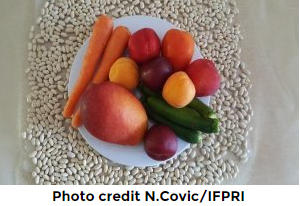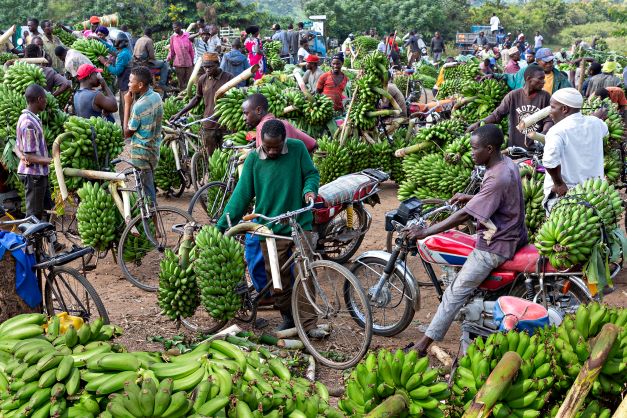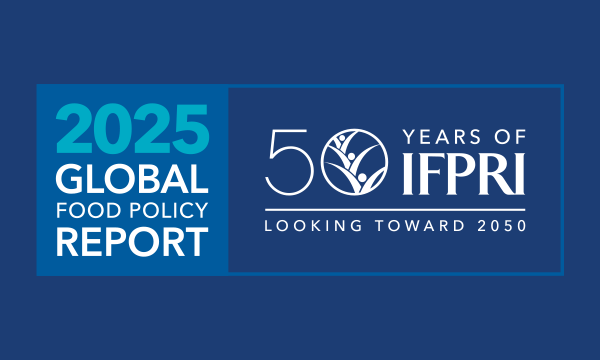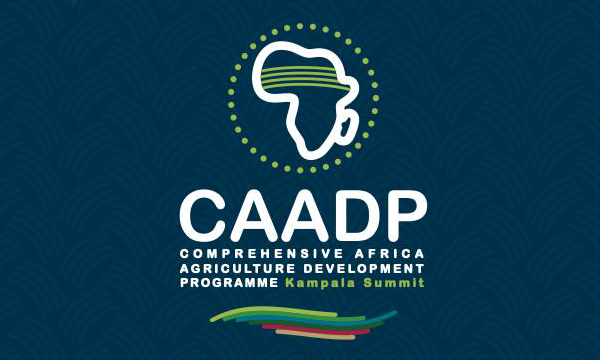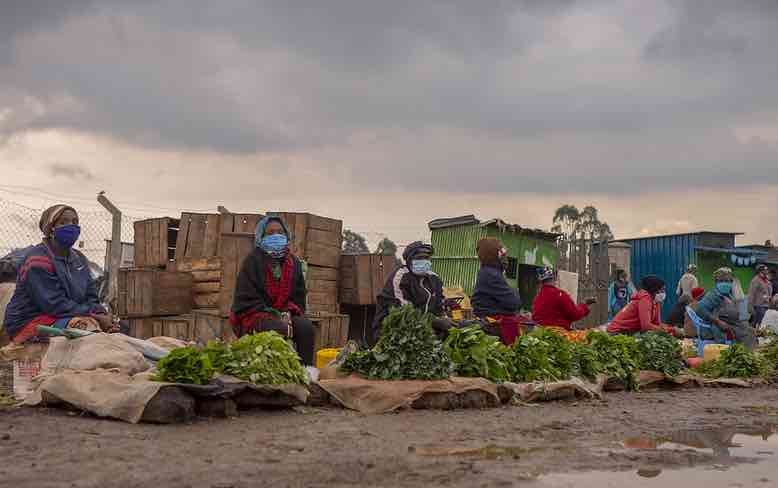IFPRI works with partners in Africa at the country, regional, and continental levels to provide cutting edge, policy-relevant research on food and nutrition security for policymakers, development partners, and stakeholders. Sharing this research and engaging through capacity building and dialogue informs effective policies, programs, and investments to help ensure that all people have access to safe, sufficient, nutritious, and sustainably grown food. The Africa Regional Office in Dakar, Senegal, provides an on-the-ground presence to support local research and capacity building as well as partnership building for sustainably reducing poverty and ending malnutrition.
Contact
Eastern and Southern Africa Office (ESAO):
IFPRI c/o ILRI
P.O. Box 5689
Addis Ababa
Ethiopia
Phone: +251 (0) 11-617-2500
Fax: +251 (0) 11-646-2927
(use the (0) only when dialing from within Ethiopia)
Email: ifpri-AddisAbaba@cgiar.org
West and Central Africa Office (WCAO):
Titre 3396 Lot #2
Dakar Almadies – BP 24063
Senegal
Tel: +221.33.869.9800
Email: ifpri-dakar@cgiar.org
Website: africa.ifpri.info











